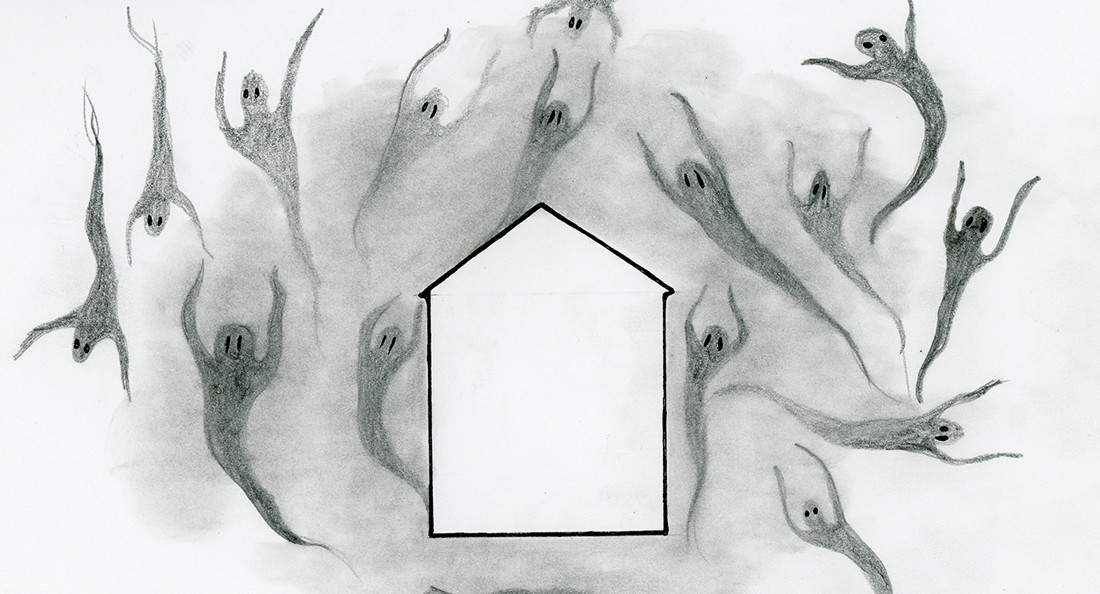Outdigenous
Producing safe spaces
When I set out to write a piece about safe spaces, I quickly realized something: I had no idea what a safe space really meant.
A quick surf of the internet seas got me up-to-date with the definition, which is “places created for individuals who feel marginalized to come together to communicate regarding their experiences with marginalization.” (Thanks Wikipedia, the world’s most reliable source of probably correct information!)
This definition landed fairly close to my own idea of what a safe space means … but my tiny, innocent, well-meaning confirmation of the definition was not so tiny and innocent after all.
I was Pandora, and I had opened a very angry, aggressive box: a box full of people who felt ostracized and oppressed by the notion of safe spaces, a box full of people who perhaps just threw out all of their Gillette razors.
My interest in safe spaces is generated from two perspectives: that of a producer, and that of a member of a marginalized group. I’ve spent most of my life wondering why I always felt on edge, guarded and in a constant fight-or-flight state, no matter the environment.
I’ve spent most of my life being told that something is wrong with me. I imagine many other folks feel similarly. And it’s a comfort (a cold one) to begin to realize that it isn’t us, but the structure of the society in which we live.
I guess that’s why my producer brain is so hyped on safe spaces. As soon as the concept got in my brain, it’s been at the forefront as I search for venues and plan partnerships. In theatre, an enormous part of the job is creating a safe environment for artists to share, experiment and open up. We offer this to our fellow artists and (hopefully) receive the same from them. But why does it so often end there? Why do we forget about the audience?
The arts have always had to fight for an audience. They rarely turn up by the thousands, decked in show merch, beer in hand, buddies in tow. Most of us perform to small crowds, for little money, out of passion and a genuine belief in the work we do.
Our audiences deserve the same care we give our peers, and the same care we give our work. Everyone deserves to feel safe, and included, and welcome in the arts.
Whether it’s a concert, a play, a fundraiser, an open mic or a gallery opening, producers often drop the ball on venues. Producers are asked to do impossible feats on miniscule budgets.
In the past, I’ve had to make choices between paying performers and an accessible venue, and the decision is never easy. Recently, a theatre company partnered with a venue known within the community as an unsafe space. But a venue is a venue, and they can be hard to come by. Can we really fault producers for prioritizing?
Yes. Yes, we can. And we should.
When I began writing this piece, I didn’t understand just how important safe spaces were, how much they encompassed and the wide variety of ways the perception of a space can impact a potential audience member. Now that I do, I’m committed to doing better in selecting venues for my own work, and I hope this little reflection inspires others to do it, too.
Frances Koncan is a writer, director and producer of mixed Anishinaabe and Slovene descent. As the artistic director of Vault Projects, she is committed to creating work that is accessible, intersectional and presented in welcoming spaces!
Published in Volume 73, Number 15 of The Uniter (January 24, 2019)







